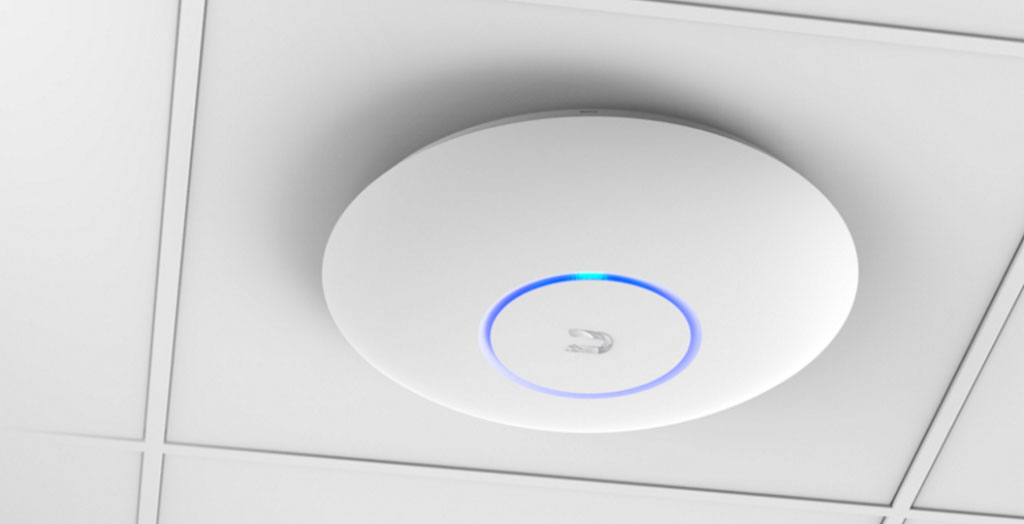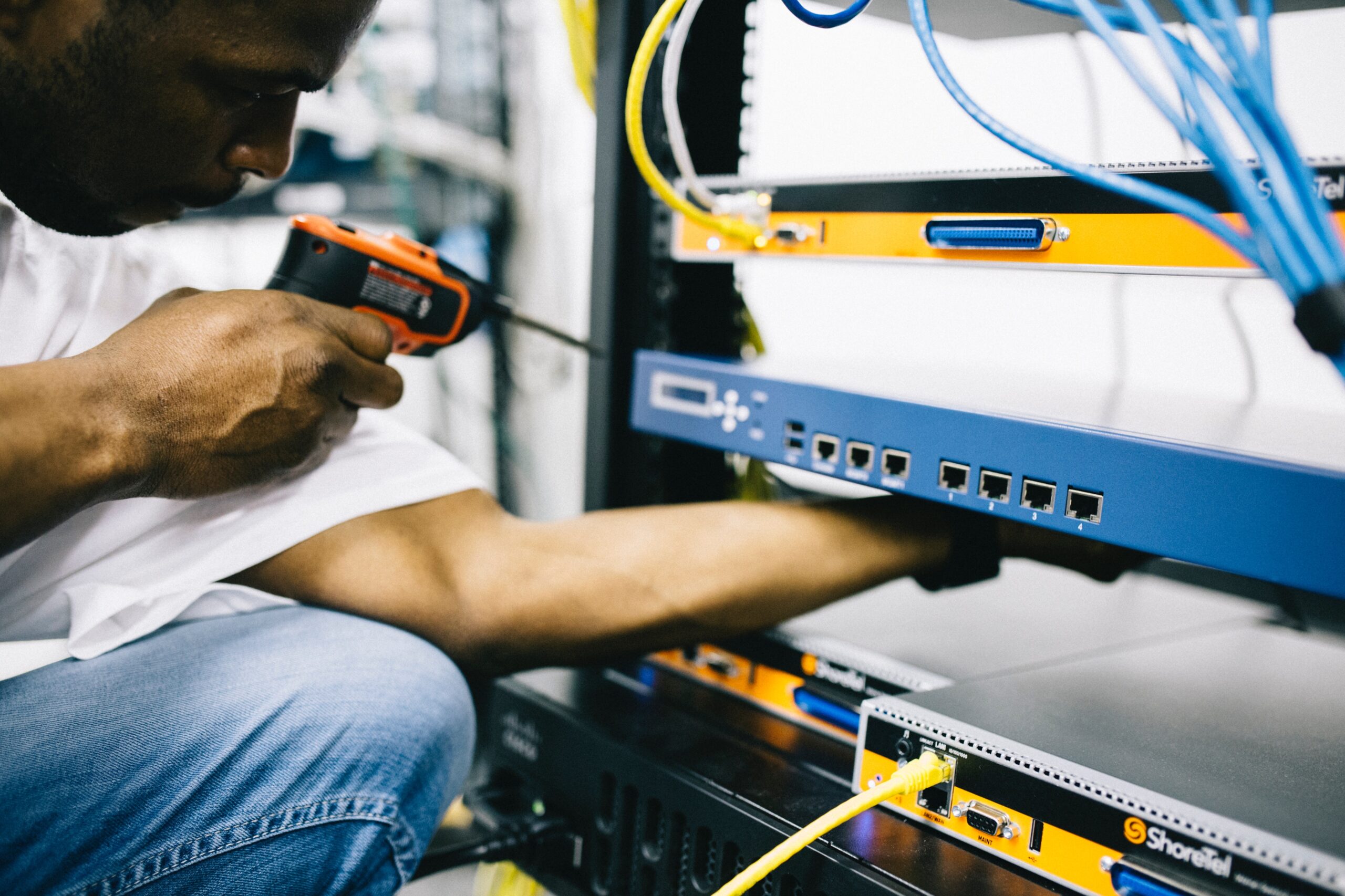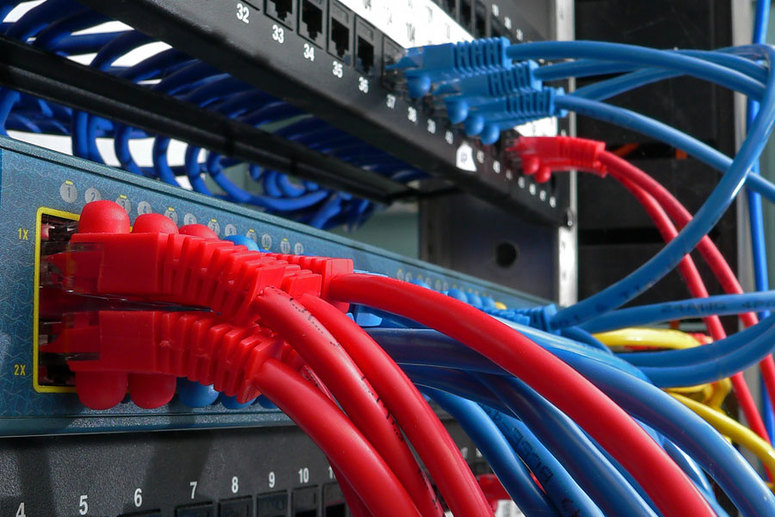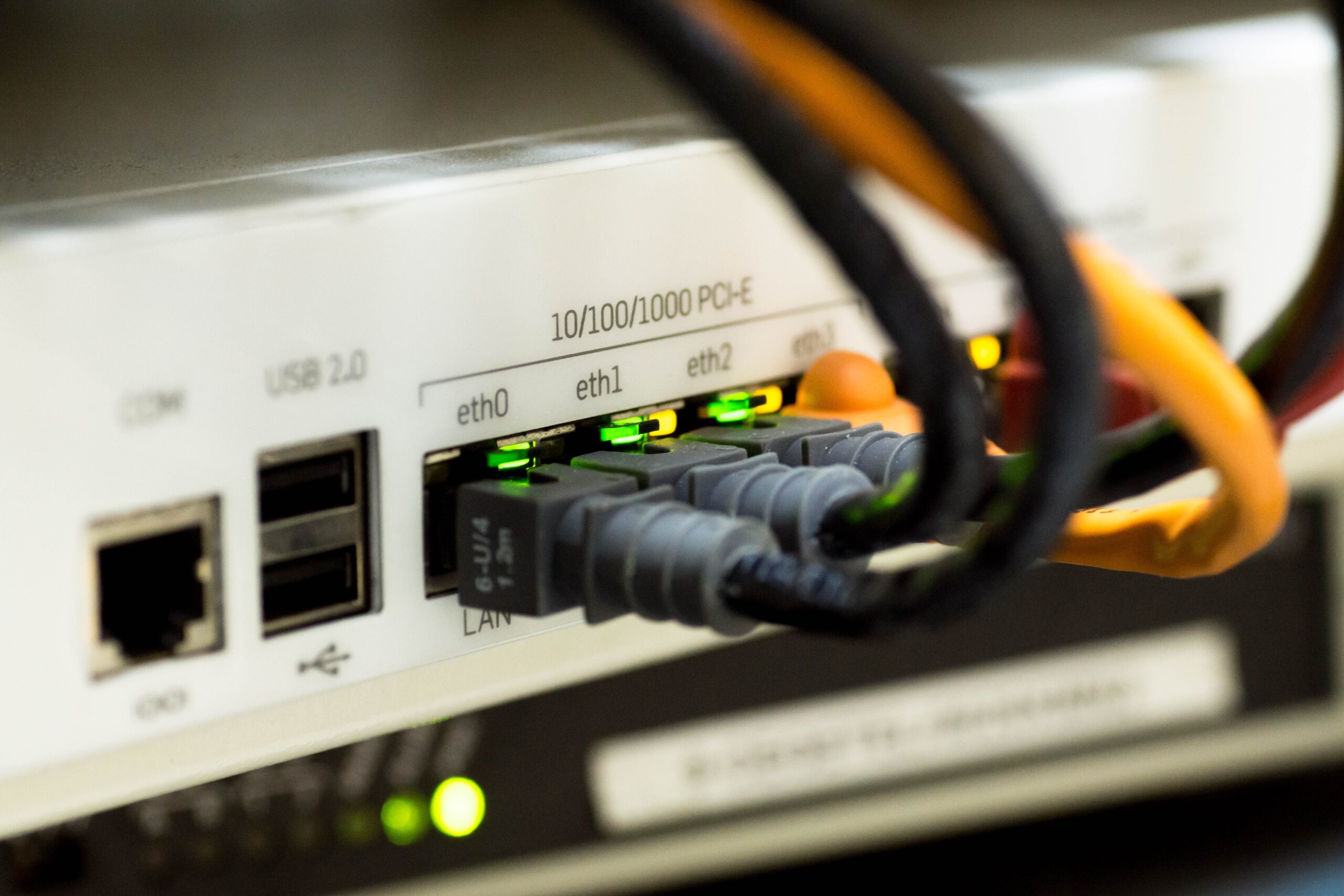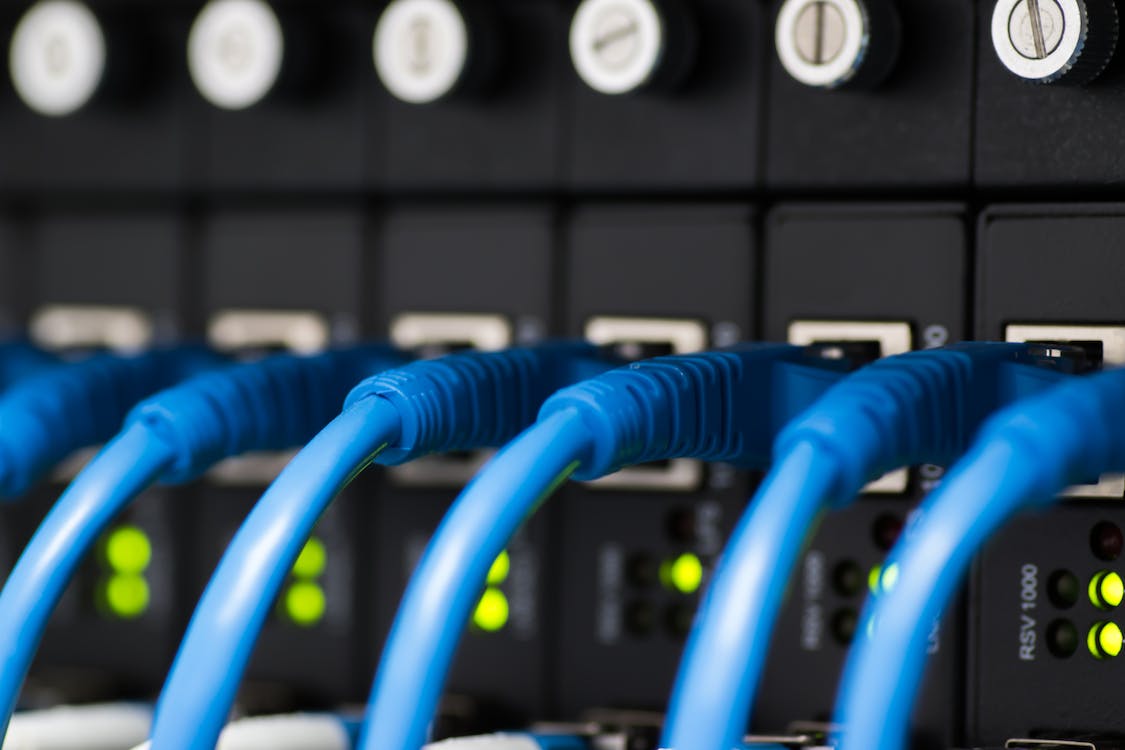Your trusted partner for comprehensive IT solutions
Trusted
Experienced
Professional
Services
Robust network infrastructure
In today's digital age, a seamless and robust network infrastructure has become the backbone of various industries, from businesses to homes. The importance of reliable network connections cannot be overstated, as they facilitate communication, data transfer, and access to the vast ocean of information the internet offers. This article delves into the intricacies of network cable installations and WiFi access point installations, exploring their significance, the technologies involved, their role in shaping modern connectivity, and leading WiFi access point brands by Heev IT
Understanding the Foundations: Network Cable Installations
Heev IT Network cable installations form the foundation of any wired network infrastructure. These cables, often referred to as Ethernet cables or patch cables, are the physical connectors that link devices and facilitate data transmission. They are the lifelines of offices, data centers, and even homes, enabling the flow of information at lightning speeds.
Types of Ethernet Cables
Ethernet cables come in various categories, each with its own specifications and capabilities. The choice of Ethernet cable depends on factors such as data transmission speed, bandwidth requirements, and the environment in which the cable will be used. Some commonly used categories include Cat5e, Cat6, Cat6a, and Cat7.
Cat5e (Category 5e): Cat5e cables are one of the most common and widely used Ethernet cables. They support data rates up to 1 Gbps (Gigabit per second) and are suitable for most general networking applications. Cat5e cables are commonly used in homes and small businesses for connecting devices like computers, printers, and routers.
Cat6 (Category 6): Cat6 cables are an improvement over Cat5e cables, offering higher data transmission speeds and reduced crosstalk interference. They support data rates up to 10 Gbps and are suitable for environments where higher network performance is required, such as larger offices and data centers.
Cat6a (Category 6a): Cat6a cables are an enhanced version of Cat6 cables, designed to support even higher data rates and reduced signal degradation over longer distances. They support data rates up to 10 Gbps at distances of up to 100 meters. Cat6a cables are often used in professional installations where performance and future-proofing are crucial.
Cat7 (Category 7): Cat7 cables are designed for ultra-high-speed networks and provide excellent shielding against interference. They can support data rates of up to 10 Gbps and even 100 Gbps over shorter distances. Cat7 cables are used in specialized applications, such as data centers and environments with high electromagnetic interference.
CCA Cables vs. Pure Copper Cables
In addition to different categories, Ethernet cables also come in two main material types: Copper Clad Aluminum (CCA) cables and pure copper cables.
Copper Clad Aluminum (CCA) Cables: CCA cables consist of a core made from aluminum with a thin layer of copper coating. While CCA cables are cost-effective and lightweight, they have higher resistance than pure copper cables, leading to potential signal loss over longer distances.
Pure Copper Cables: Pure copper cables offer superior conductivity and lower resistance compared to CCA cables. They are known for their reliability and consistent performance, making them ideal for critical applications where data integrity is paramount.
Installation Process
Heev IT installation of network cables involves careful planning and execution. It starts with determining the layout of the network, identifying cable routes, and selecting appropriate cable types and lengths. Proper consideration of cable management solutions, such as cable trays and conduit systems, is crucial to maintaining an organized and accessible network environment.
Importance in Business Environments
In the corporate world, a reliable network infrastructure is the backbone of operations. From enabling seamless communication between employees to facilitating data transfer and access to cloud-based resources, network cables are indispensable.
Embracing Wireless Connectivity: WiFi Access Point Installation
While network cables provide reliable and high-speed connections, the demand for wireless connectivity has surged in recent years. WiFi access point installations have become pivotal in meeting this demand, offering flexibility and mobility.
WiFi Technology Advancements
Modern WiFi technology has evolved significantly, with standards like 802.11ac and 802.11ax (also known as WiFi 6) delivering higher data rates, improved performance in crowded environments, and enhanced security. WiFi 6, in particular, introduces features that optimize spectrum utilization and extend battery life for connected devices.
Installation and Coverage Planning
Installing WiFi access points involves careful consideration of factors such as signal coverage, interference, and user density. Professionals can determine the number of access points needed and their ideal placements through site surveys and signal strength analysis.
Balancing Speed and Security
While WiFi offers convenience, security remains a paramount concern. Technologies like WPA3 (WiFi Protected Access 3) enhance encryption protocols, making it more challenging for unauthorized users to access the network.
Applications in Smart Environments
The proliferation of Internet of Things (IoT) devices has given rise to the concept of smart environments, where various devices are interconnected to enhance automation and efficiency. Properly installed WiFi access points play a pivotal role in enabling these smart ecosystems, allowing devices to communicate and exchange data seamlessly.
Convergence of Wired and Wireless: Creating Holistic Connectivity
The modern networking landscape is not a binary choice between wired and wireless; instead, it's about integrating both technologies to create a comprehensive and seamless connectivity experience.
Unified Network Management
Unified network management solutions empower administrators to oversee both wired and wireless networks from a centralized dashboard. This approach streamlines network monitoring, troubleshooting, and security enforcement.
Future Trends
The evolution of networking technologies shows no signs of slowing down. From the emergence of 5G networks to the continuous advancements in WiFi standards, the future holds exciting prospects for connectivity.
Conclusion
Heev IT Network cable installations and WiFi access point installations are the cornerstones of modern connectivity. They embody the intricate framework that supports our digital lives, enabling us to communicate, collaborate, and explore the boundless realm of information. By embracing the advancements in network cable installations, WiFi technology, and leading WiFi access point brands, we are building the foundation for a more connected world. As technology continues to evolve, the synergy between wired and wireless installations will only strengthen, propelling us towards a future where seamless connectivity is the norm, regardless of the devices we use or the spaces we inhabit.

